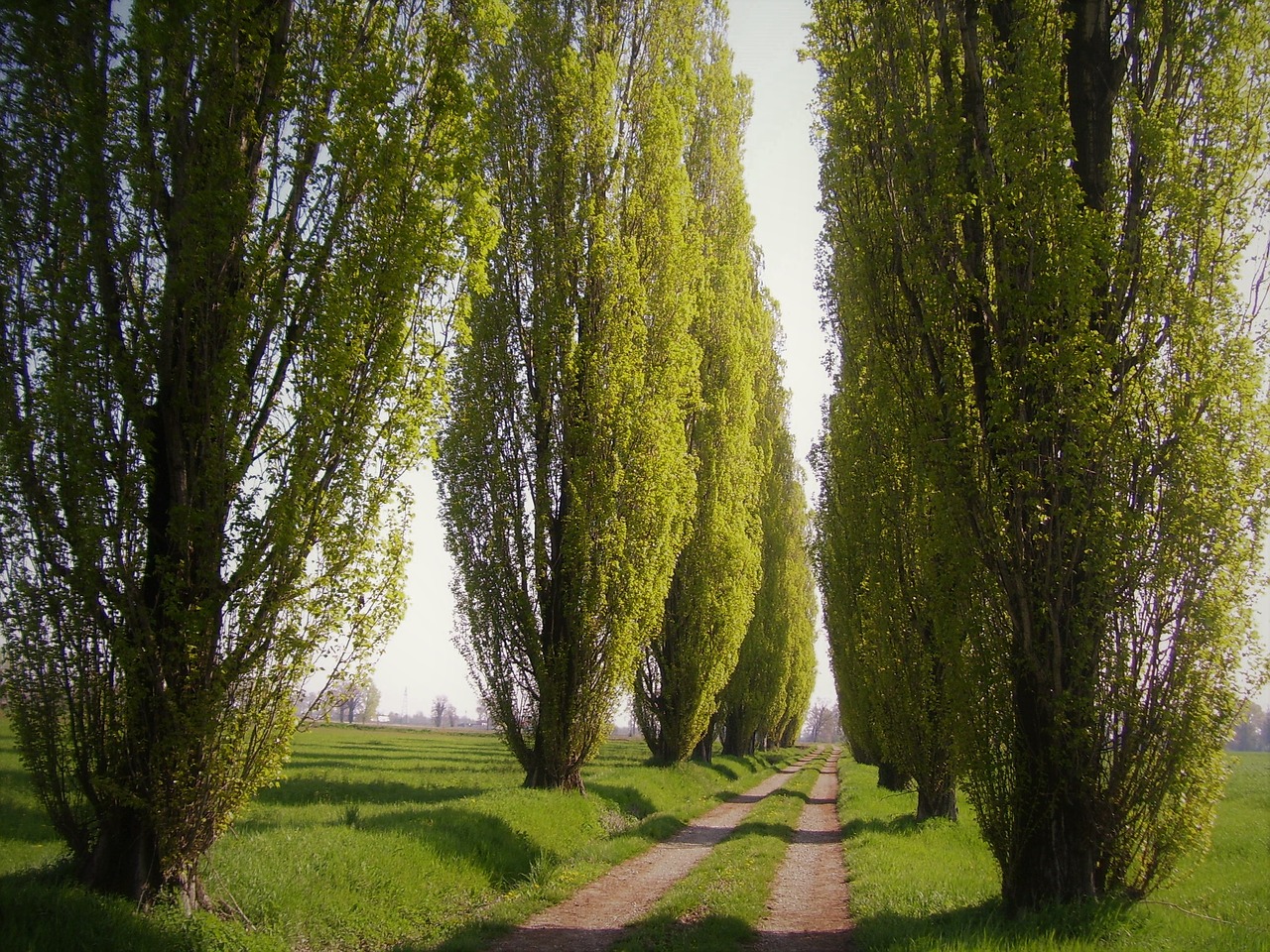
El poplar It is a robust tree, made of noble wood and very resistant. It is very common to find it on the sides of the roads or to separate large areas of land because its flexibility allows the winds to stop.
This deciduous tree can reach 35 meters in height and several species and varieties are distinguished so today we will dedicate ourselves to knowing some of them.
European species
Within what are the european species there are two large groups, those of gray smooth bark, and those of dark and furrowed bark. Within the latter is the black poplar, while in the first group are the white poplar (with a thick and smooth trunk), the gray poplar (similar to the previous one but with more vertical branches) and the aspen (a very fast growing variety that reaches 20 meters in height.
White poplarthe white)
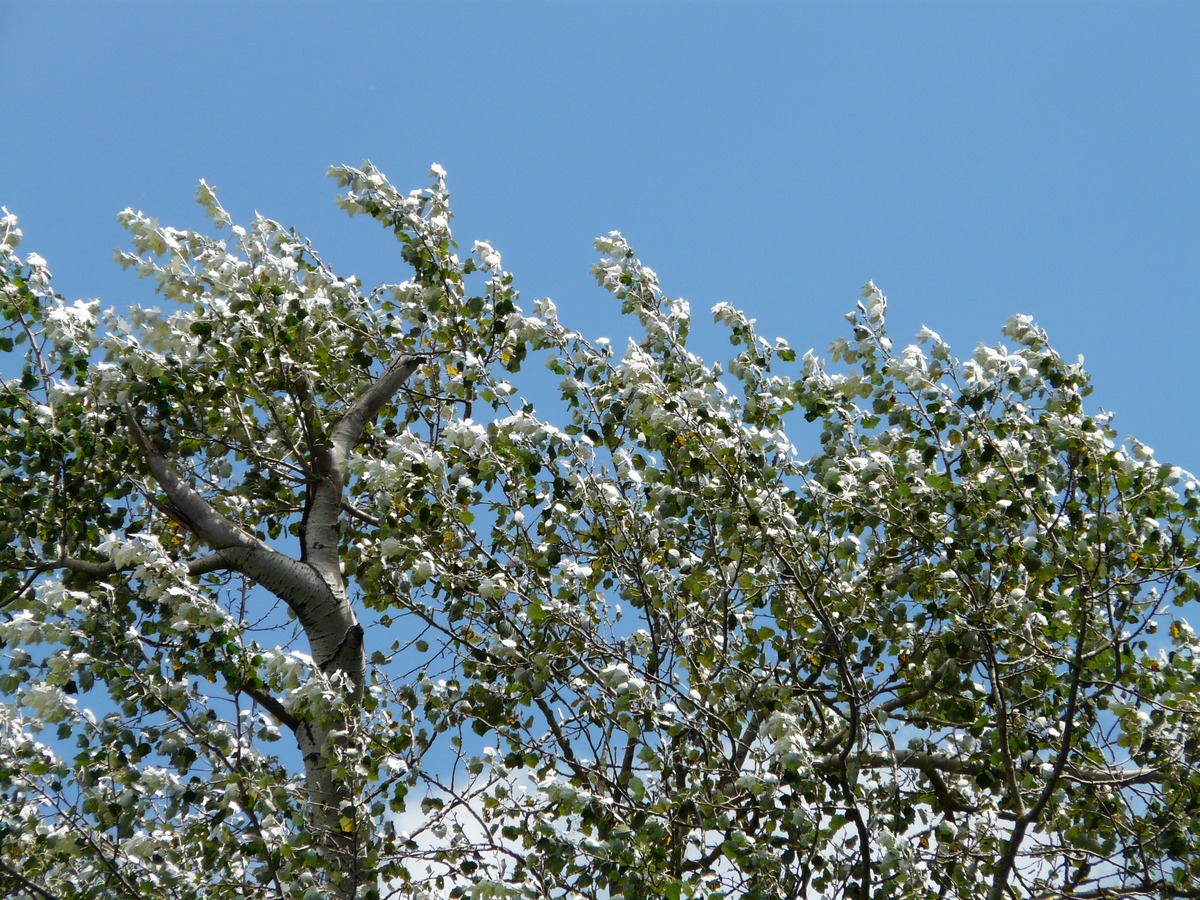
El white poplar, also known as common poplar or white poplar, is a deciduous tree that reaches a height of up to 30 meters. The bark of its trunk is whitish, smooth, and fissured. Its leaves are simple, oval or webbed, tomentose on both sides.
Black poplarblack people)
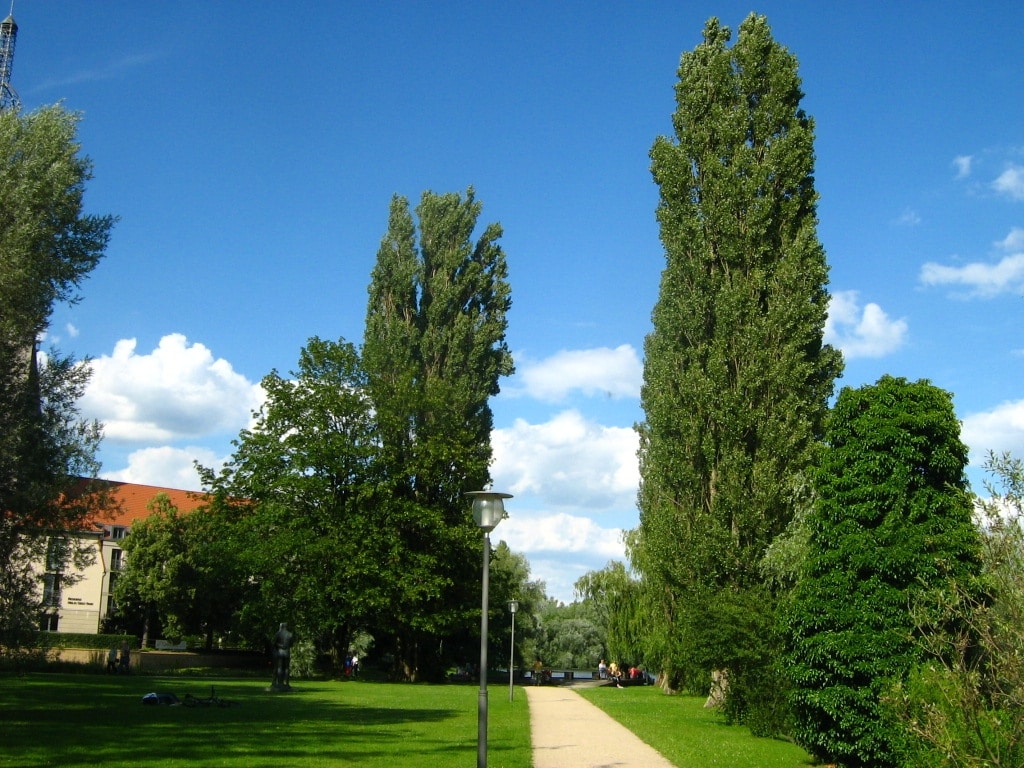
El black poplar, also known as black poplar or alameda, is a deciduous tree that reaches a height of 20 to 30 meters. Its trunk has cracked, gray bark. The leaves are green on both sides, and ovate-triangular or ovate-rhombic.
Aspen (populus)
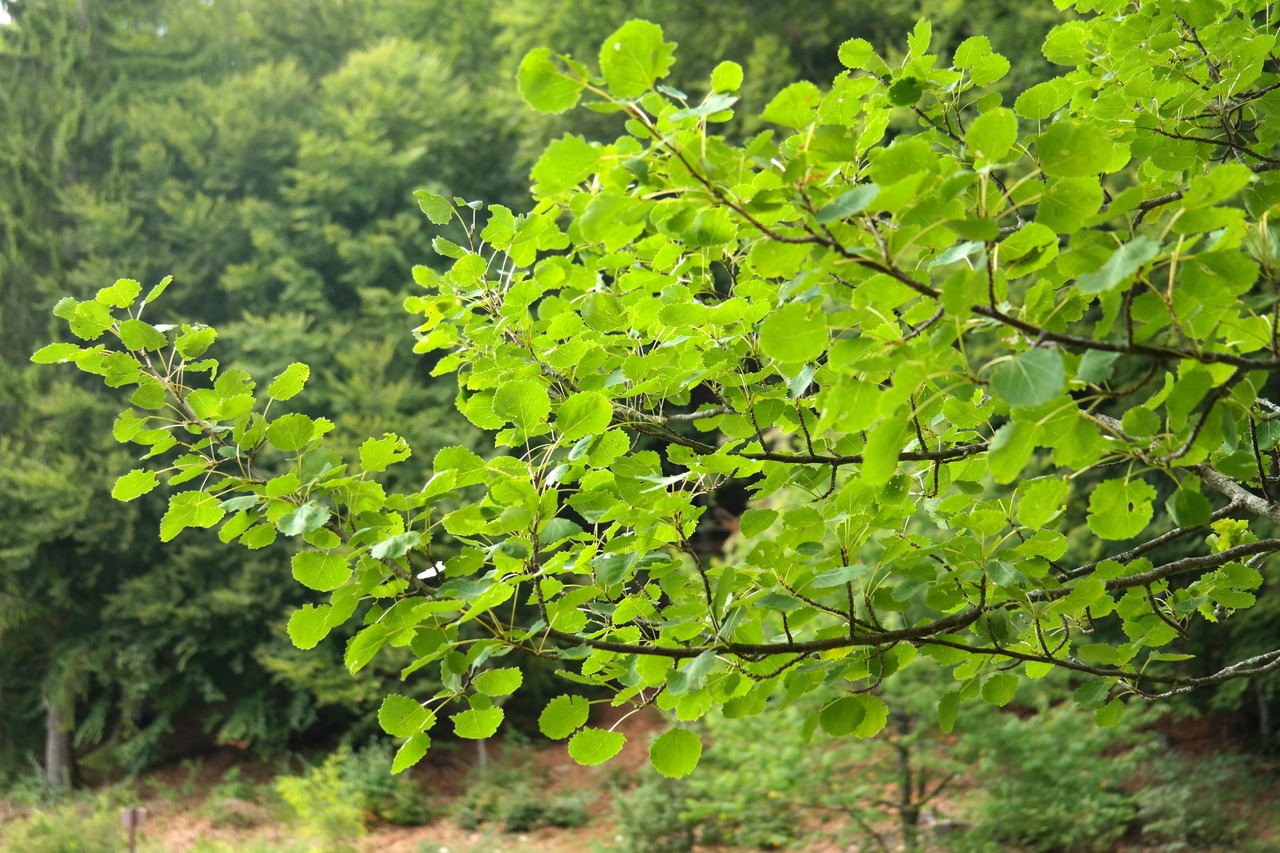
El aspen, also known as quaking poplar or lamppost, is a deciduous tree that reaches a height of 10 to 15 meters. The bark is greenish-gray in color, and fissured in old specimens. The leaves are rounded, green on both sides.
American species
Then there is a second group of poplars that are those of American origin but that are cultivated in Europe. It is the case of caroline poplar, also known as American poplar, which has a dark gray trunk and green branches that turn gray over the years. Another example is the Canadian black poplar, which is a cross between the black poplar and the American poplar.
Among the American species, are the balsamic species such as Canada or California, which are distinguished by being rich in resins, a product that is used by the industry. It is found in the buds and the leaves of these trees are characterized by their white underside.
Caroline poplarthe Alder)
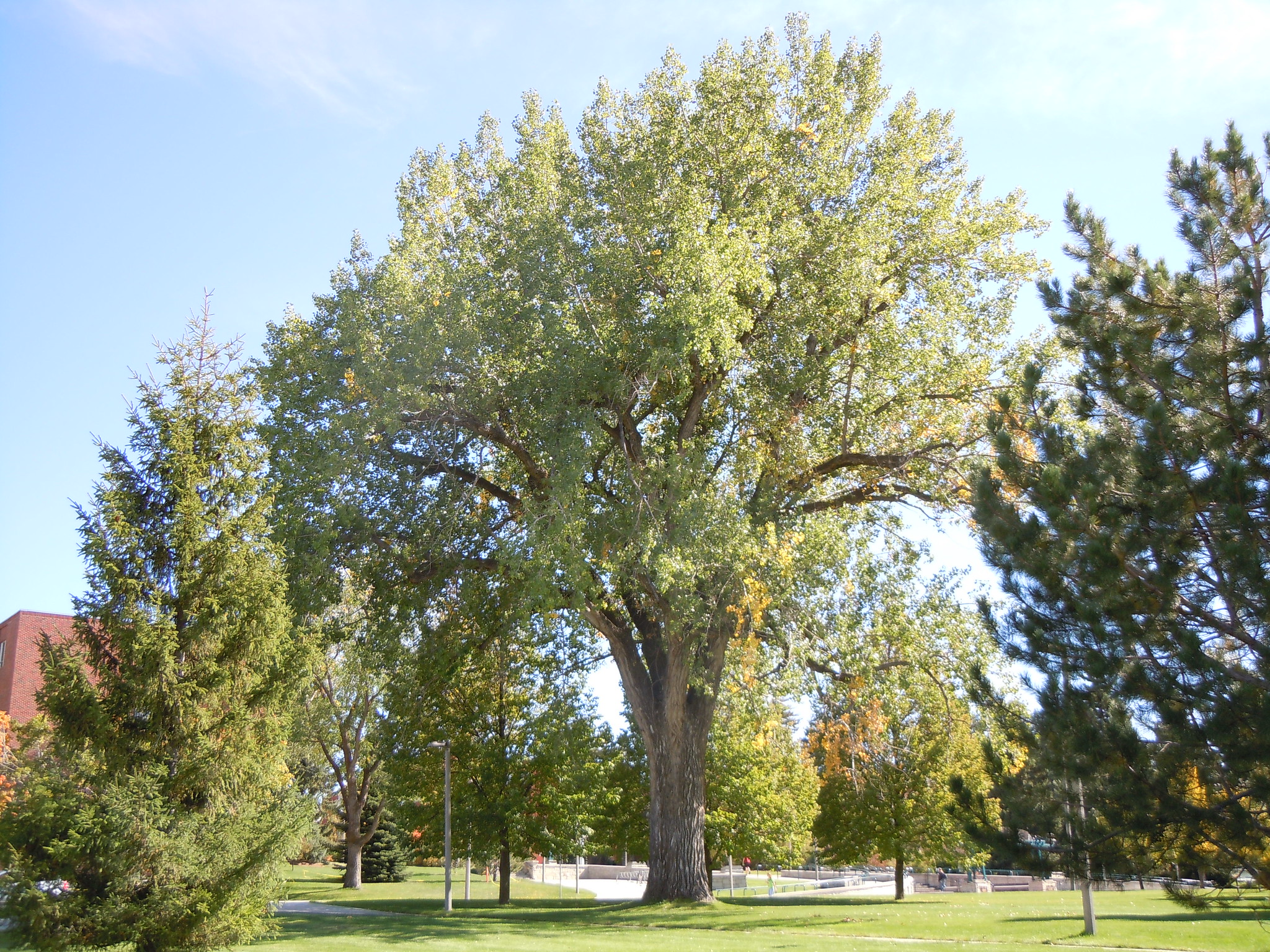
Image - Flickr / Matt Lavin
The caroline poplar, also known as the North American black poplar, is a deciduous tree that reaches a height of 20-25 meters. The leaves are heart-shaped, green on both sides but the underside is paler.
Black poplar or Canadian poplar (Populus x canadensis)
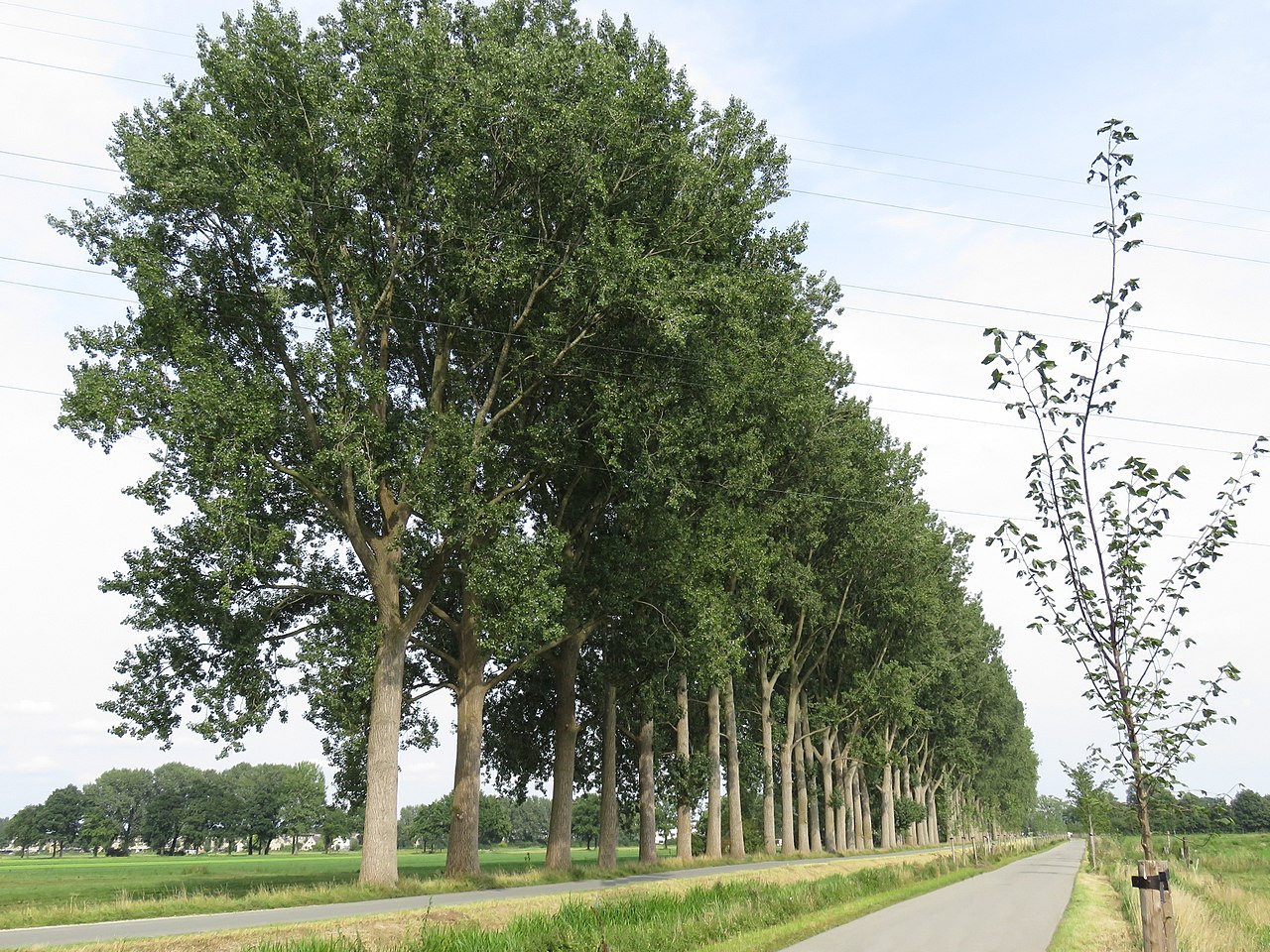
Image - Wikimedia / WeeJeeVee
The Canadian black poplar, also known as poplar or Canadian poplar, is a hybrid deciduous tree of black people y the Alder. Reaches a height of 20 meters, with a trunk whose bark is light gray. Its leaves are green and large.
Poplar or California Poplar (populus trichocarpa)
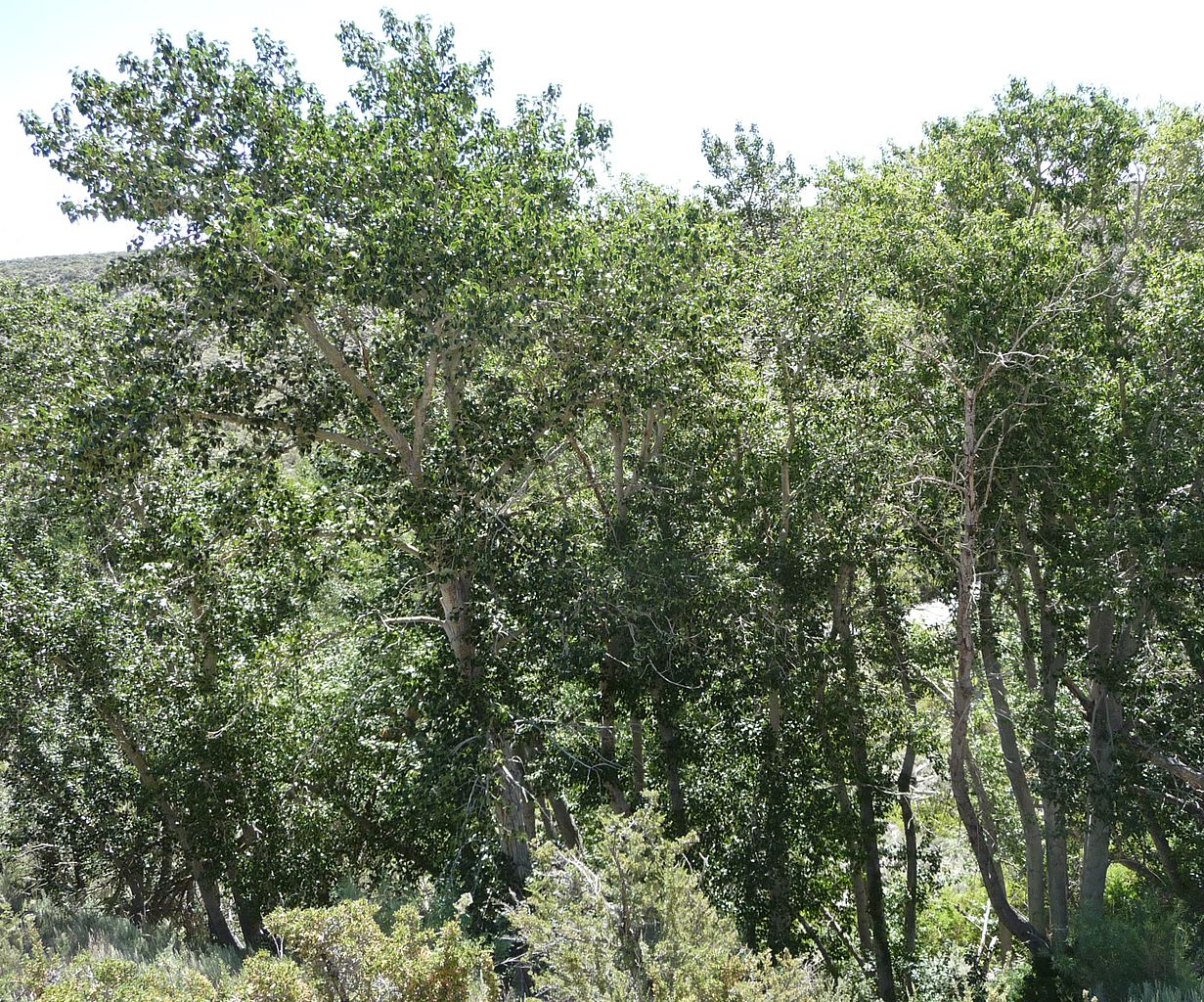
Image - Wikimedia / Daniel Mayer (mav)
The California poplar, also known as California poplar or western poplar, is a deciduous tree that reaches a height of 30 to 50 meters, with a trunk whose bark is gray. The leaves are large, green on both sides but lighter on the underside.
Asian species
Finally, there are the poplar trees native to Asia, such as the Japanese poplar, Chinese poplar or the Yunnan poplar. The first two are found in the mountains of China, Korea and Japan and have a wide crown, while Yunnan grows in the homonymous region, southwest of China, in a mountainous area located about 1300 meters above sea level. It has a thick trunk, reddish branches and leaves of up to 15 cm. long.
Japanese poplarPopulus maximowiczii)
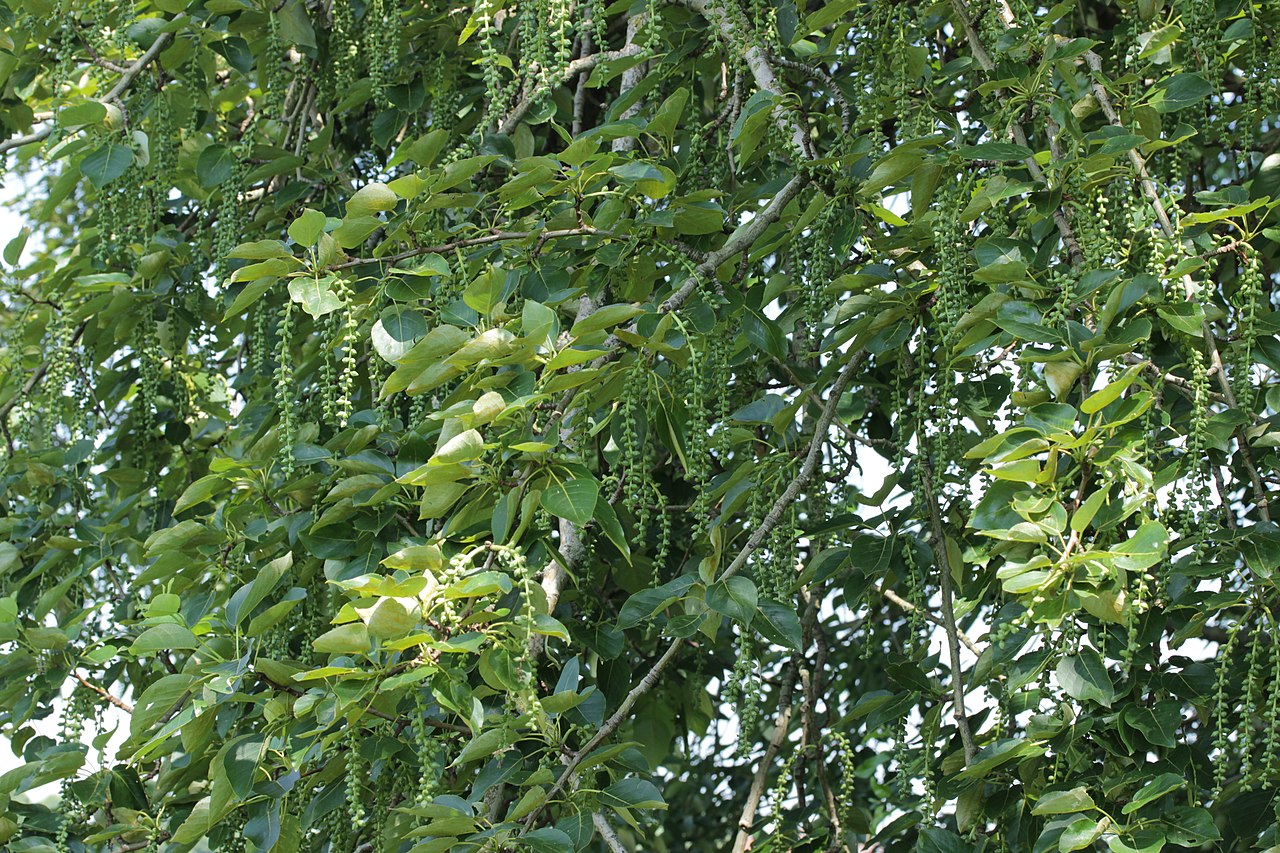
The Japanese poplar, also known as Asian poplar, deldoronoki and maximowicz poplar, is a deciduous tree that reaches 30 meters in height. Its leaves are leathery, light green on the upper surface and greyish-white on the underside.
Chinese poplarPopulus simonii)
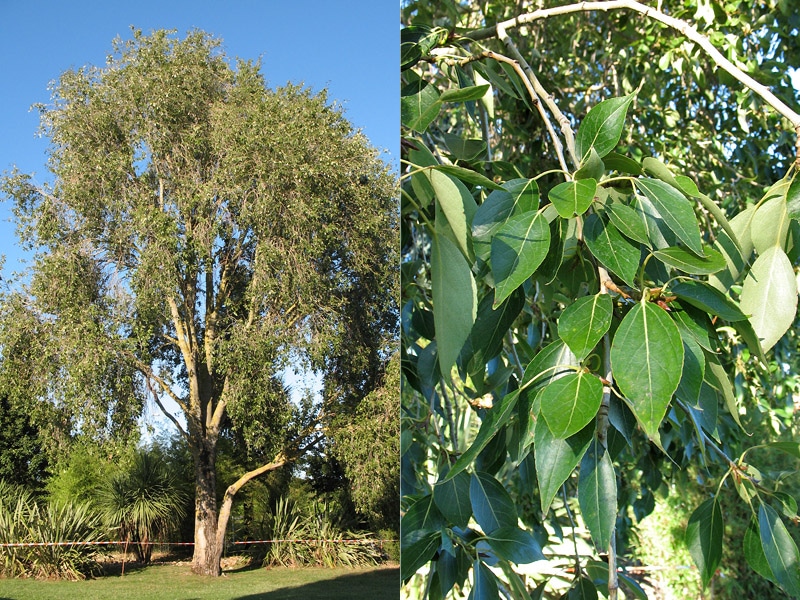
The Chinese poplar is a deciduous tree that reaches a height of 15 meters, with a trunk whose bark is smooth and whitish. Its leaves are ovate-rhomboid or elliptic-rhomboid, with a dark green upper surface and a lighter underside.
Yunan poplar (Populus yunnanensis)
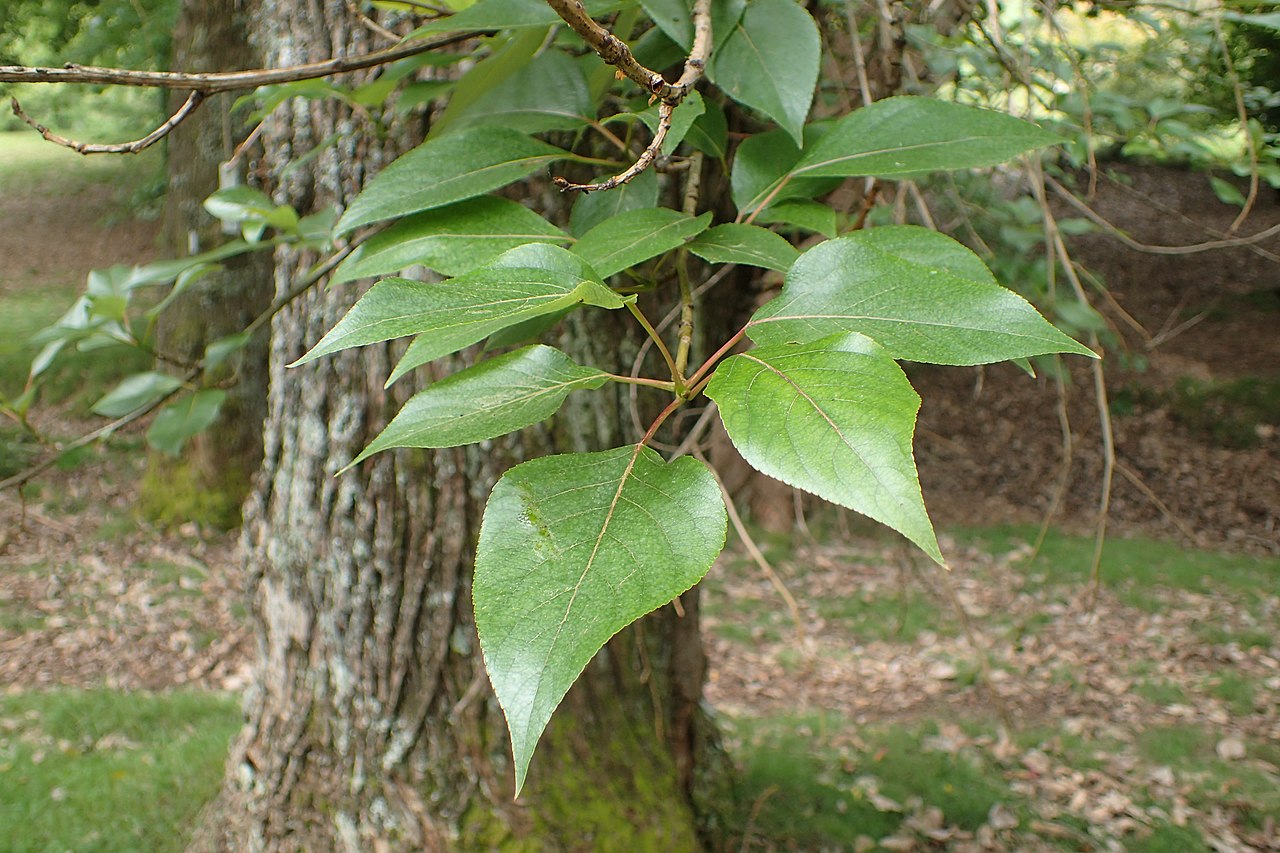
The Yunan poplar, also known as Chinese poplar, is a deciduous tree that reaches a height of 25 meters. Its leaves are green on both sides.
Which of these types of poplars did you like the most?
Hi, I'm from Cordoba
(arg) always in summer the poplars look beautiful around roads and routes…. I did not know that there were several species. Nice images. I am studying subjects that I left high school, I went to an agrotechnical school and looking for I found these images they are beautiful. Well kisses.
Hi Cinthia.
We are glad you liked it 🙂
A greeting.
Hello Monica! I would like to know what kind of alamo can live ten below zero, thanks
Hi Luis.
All poplars withstand frosts down to -15ºC without problems.
A greeting.
Hello, I was told that there is a kind of poplar that
It does not have such long roots with the risk of breaking paths, pipes. You know which one is? Thank you
Hello Adriana.
Unfortunately, all poplars have invasive roots.
A greeting.
Others, very good page greetings from (Uru)
I think they look great in a park
Hello Adrian.
We are glad that you like the blog.
I totally agree with you: they look great in parks.
A greeting.
Hello, I am Jaime Suárez from Ecuador: do you know any web page to learn to identify the names of garden and forest plants?
I will be very grateful for your help.
Sincerely,
James
Hi Jamie.
What plants do you need to identify?
There are several interesting pages. For example:
-Ornamental trees: http://www.arbolesornamentales.es/
-Palms: http://www.palmpedia.net
A greeting.
Good morning, very good page, I would like to ask you a question about a type of Alamo that I do not know if it is white or carolino, I have photos it would be of great help if you tell me what species it would be. Thank you very much greetings
Hi Matias.
We are glad you like the page.
Look, I'll tell you. The underside of the white poplar is silvery-whitish, while the caroline has green leaves on both sides.
A greeting.
I would like to know which of these varieties is the one whose leaves turn yellow in autumn?
Hello mistral Ariel.
In general, all poplars turn yellow or reddish-yellow in fall. But the American (scientific name Populus grandidentata) gets especially pretty.
A greeting.
I would like to know what kind of Poplar I should buy that is the most leafy and fast growth objective is to create a shadow wall in height
Climate pilar bs as
Thank you
Hi Guillermo.
If you want it to be fast and leafy, I recommend the aspen (Populus tremula). With just a few years you can have a very nice hedge.
A greeting.
Hello I want to ask is a question. I have two pyramidal poplars very close to a wall and I am about to build a pool, will I have problems with the roots of these two trees ????
Hi Virginia.
Poplar trees have very invasive and strong roots. I don't recommend building the pool near them.
A greeting.
Those who say that all poplars have invasive roots do not. Pyramidal poplars are a non-invasive species